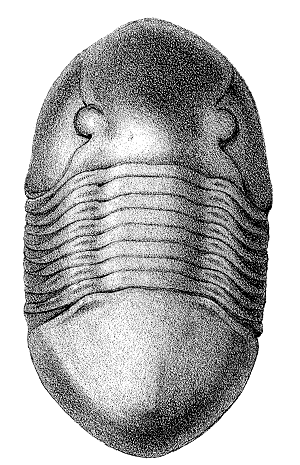PETROGRAPHY OF THE TRENTON AND BLACK RIVER GROUP CARBONATE
ROCKS IN THE APPALACHIAN BASIN
METHODS
We collected samples from 17 different cores of Trenton and/or
Black River carbonate rocks recovered from wells throughout the Appalachian
basin. The cores we examined and sampled are listed in Table 1. We described
the cores before sampling, and these descriptions will be integrated into
the pending reports on stratigraphy. We also collected cuttings samples from
one well in Pennsylvania for thin sections, and prepared numerous thin sections
from outcrop samples in Pennsylvania and Kentucky. In all, we analyzed 740
thin sections of Trenton and Black River carbonates. Selected samples were
further studied by scanning electron microscopy and energy-dispersive X-ray
spectroscopy.
We used a Leica DML polarizing microscope equipped with a Leica
DFC camera for all transmitted light microscopy. We examined selected unembedded
and unpolished samples on a Hitachi S-2600N variable pressure scanning electron
microscope (SEM) operating with a pressure of 10 Pascals using the backscattered
electron detection imaging system at 20 kV and a working distance of 15 mm.
The elemental composition of these samples was determined using Quartz Imaging
System's Quartz XOne energy-dispersive X-ray spectroscopy (EDS) package with
a Gresham Sirius 10/UTW/SEM detector having a 10 mm
2 crystal and
an ultra thin polymer window. We used the same SEM operating at 20 kV and
a working distance of 15 mm when conducting EDS analyses.
We classified all carbonate rock samples using the classification
systems of both Dunham (1962) and Folk (1962). We found Dunham's (1962) classification
useful for microfacies analysis when we could use it - it is descriptive,
objective, and easy to use in the field or laboratory, and it conveys some
genetic information. But the Dunham classification fell short in naming many
of the Trenton and Black River limestones and dolostones significantly altered
by diagenesis. In these instances the Folk (1962) classification system provided
us with a useful, objective and descriptive terminology that provided for
grain size, allochem composition, and diagenetic alterations. For these reasons,
we use carbonate names from both systems interchangeably throughout this report.
We classified all dolostones using the classification system of Wright (2001).
We classified carbonate porosity using the systems of both Choquette and Pray
(1970) and Luo and Machel (1995).
to top


